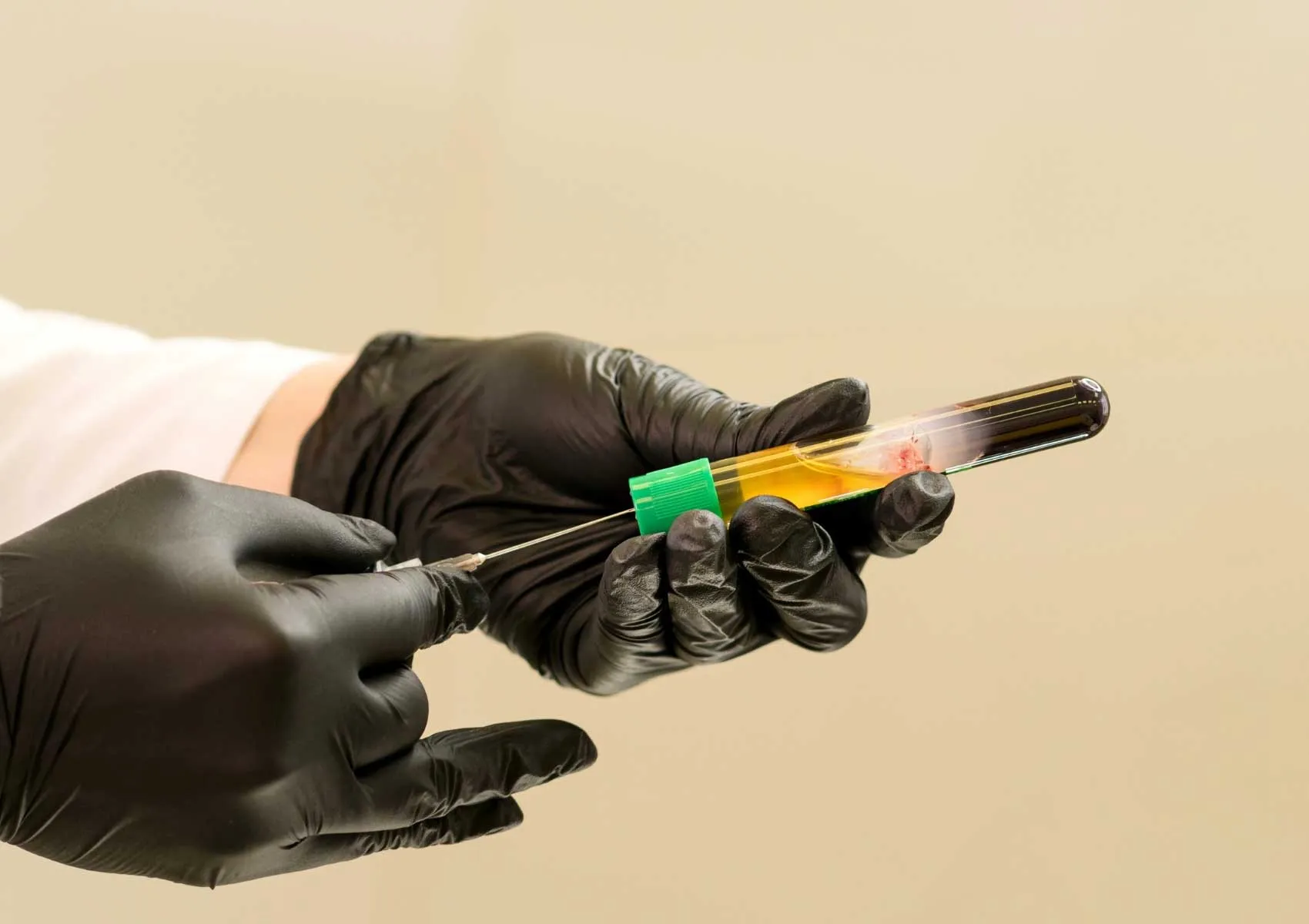PRP Therapy in Sports Injuries: A Biological Boost for Faster Recovery
A Natural Way to Accelerate Healing
Athletes and active individuals frequently face muscle strains, tendon inflammation, and ligament sprains. Whether amateur or professional, the goal is often the same: to return to sport quickly and without pain—ideally without surgery. In this context, Platelet-Rich Plasma (PRP) therapy has emerged as a popular treatment option in sports medicine, offering a natural and targeted method to support tissue regeneration.
But how effective is PRP in treating sports injuries? Which injuries benefit most from it? When should it be used? In this article, we dive into the mechanisms, indications, and scientific evidence surrounding PRP therapy in athletic recovery.
What Is PRP and How Is It Prepared?
PRP is a concentration of platelets derived from the patient’s own blood. These platelets contain growth factors and healing molecules that stimulate tissue repair and regeneration.
Here’s how it works:
- A blood sample (10–30 ml) is drawn from the patient
- The blood is spun in a centrifuge to separate the platelet-rich plasma
- The PRP is then injected directly into the injured tissue, often under ultrasound guidance
The procedure is minimally invasive, safe, and typically completed in under 30 minutes.
Common Sports Injuries Treated with PRP
PRP therapy is most commonly used in soft tissue injuries, including:
- Muscle strains or partial tears (hamstrings, quadriceps, calf muscles)
- Tendon overuse injuries (Achilles tendinitis, tennis elbow, jumper’s knee)
- Ligament sprains (MCL injuries, ankle sprains)
- Rotator cuff tendinopathy (shoulder pain and dysfunction)
- Plantar fasciitis (chronic heel pain)
- Post-surgical recovery (to enhance healing after repairs or reconstructions)
PRP is not a replacement for surgery in complete ligament tears or severe meniscal damage, but it can support healing and reduce recovery time when used correctly.
How Does PRP Work?
Platelets release growth factors that initiate and regulate the healing process. These include:
- Stimulating collagen production
- Enhancing angiogenesis (new blood vessel formation)
- Modulating inflammation
- Activating local fibroblasts and tenocytes
This helps restore tissue integrity, reduce pain, and potentially avoid or delay surgery.
How Is PRP Administered?
- Most cases require 1 to 3 sessions, spaced 2–4 weeks apart
- Patients are advised to rest for 48 hours after each injection
- Full effects are usually noticed within 1–3 weeks
- Combining PRP with physical therapy enhances outcomes
Each treatment plan is individualized based on the injury type, severity, and activity level.
What Does the Research Say?
Numerous studies support PRP’s role in treating specific sports injuries:
- Journal of Orthopaedic Research (2014): PRP shortened return-to-play time by ~5 days in hamstring injuries
- The American Journal of Sports Medicine (2013): PRP showed greater long-term improvement than corticosteroids in treating patellar tendinopathy
- British Journal of Sports Medicine (2019): PRP was effective in chronic tendon injuries, though less so in acute cases
While PRP is not a “miracle cure,” the evidence suggests that in carefully selected cases, it can significantly accelerate healing and reduce downtime.
Advantages of PRP Therapy
- Autologous – uses your own blood, minimizing risk
- Non-surgical – no incisions or general anesthesia
- Quick recovery – patients resume daily activities within a day
- Preserves tissue – supports healing without removing damaged tissue
- Complementary – can be combined with other therapies (e.g., rehab, manual therapy)
Limitations and Considerations
- Not suitable for complete tears or acute trauma requiring surgery
- Effectiveness depends on injury type, timing, and application technique
- Post-injection rest and activity modification are essential
- Results may vary between individuals
FAQ
-
When does PRP start working?
Most patients begin to feel improvement within 1 to 3 weeks, depending on the injury.
-
Can athletes return to sport quickly after PRP?
Typically within a few weeks, following a structured rehabilitation plan.
-
Is PRP suitable for all athletes?
Yes, in appropriate cases. It is not recommended in cases of infection, bleeding disorders, or certain systemic diseases.
-
Does PRP injection hurt?
Mild discomfort during and after the injection is possible, but it is usually well tolerated.
-
Is PRP more effective when combined with other treatments?
Yes. PRP works best when paired with targeted physiotherapy, rest, and progressive loading protocols.

